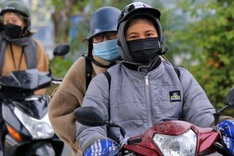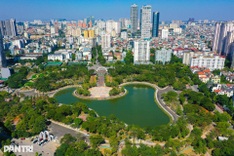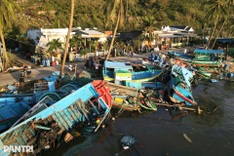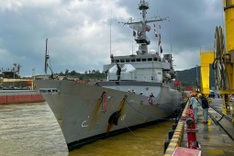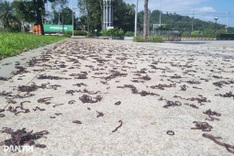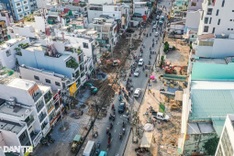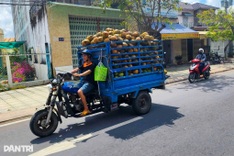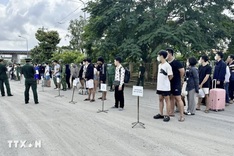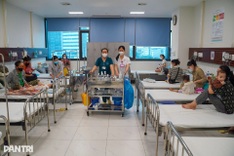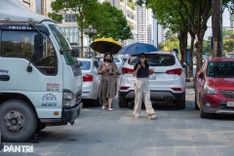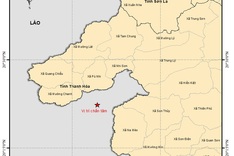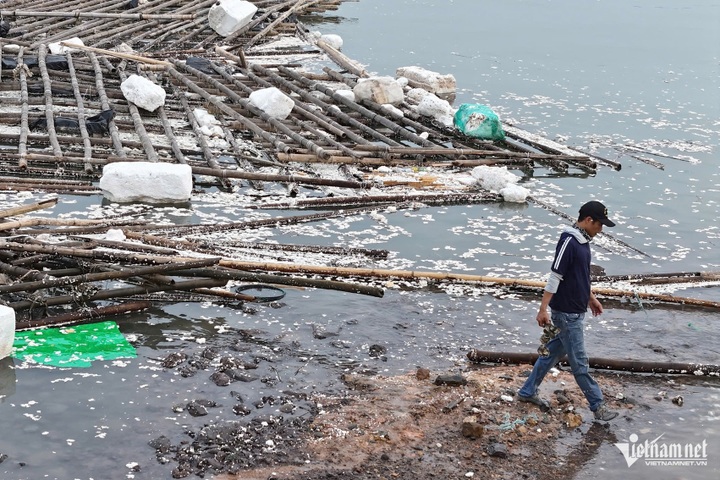
Massive debris from aquaculture rafts washed up along the shores of Ha Long Bay.
The Ha Long Bay Management Board is undertaking a significant cleanup operation, utilizing extensive resources to manage the floating waste that disrupts not only the ecological balance but also the bay's renowned beauty and tourism activities.
This extensive environmental challenge underscores the ongoing struggle to maintain the integrity of one of Vietnam's most iconic natural landscapes.
During a regular press conference on the afternoon of September 24, Vu Kien Cuong, the Director of Ha Long Bay Management Board, reported on the significant waste issue in Ha Long Bay following the typhoon.
Director Cuong explained that the typhoon and subsequent flooding caused a large amount of debris from coastal aquaculture to accumulate in Ha Long Bay.
The majority of the debris comprised of broken aquaculture rafts and foam buoys, drifting from coastal areas, which now float on the sea surface, adversely affecting the landscape, environment, and the bay's tourist activities.
To address this issue, the Ha Long Bay Management Board has mobilized maximum manpower, equipment, and resources, along with cooperation from various agencies, organizations, and the community to collect waste around the bay’s islands.
From September 14 to 23, the management board mobilized over 1,100 personnel and 301 vehicles to continuously remove floating foam and bamboo rafts from the bay.
The teams collected debris washed up on island shores and sandbanks, gathering 643 cubic meters of waste and 94 aquaculture rafts. Following the intensive waste collection effort, the tourist spots in Ha Long Bay are prepared to welcome visitors.
Addressing the challenges of managing the remaining substantial waste, Director Cuong noted that Ha Long Bay's vast area and rocky islands, combined with complex meteorological and hydrological conditions, complicate the waste collection and environmental cleanup efforts.
In areas such as Tuan Chau - Dai Yen and Quang Yen, remnants of bamboo rafts and foam buoys continue to wash ashore.
Looking ahead, the Ha Long Bay Management Board plans to further increase manpower, equipment, and vehicles to collect waste generated by the impact of Typhoon Yagi.
Additionally, the board will enhance patrol and environmental monitoring efforts around and along the shores of Ha Long Bay to promptly detect and address violations and areas with concentrated waste to ensure timely cleanup and processing.
"Given our limited human resources, managing such a large amount of waste is not easy and cannot be quickly resolved. This task requires the collective effort of many forces and localities within the province to promptly collect the trash, minimizing the impact on the marine environment," emphasized Director Cuong.




